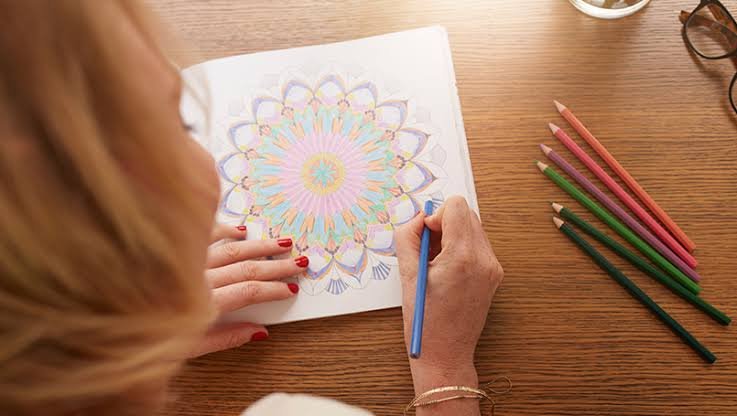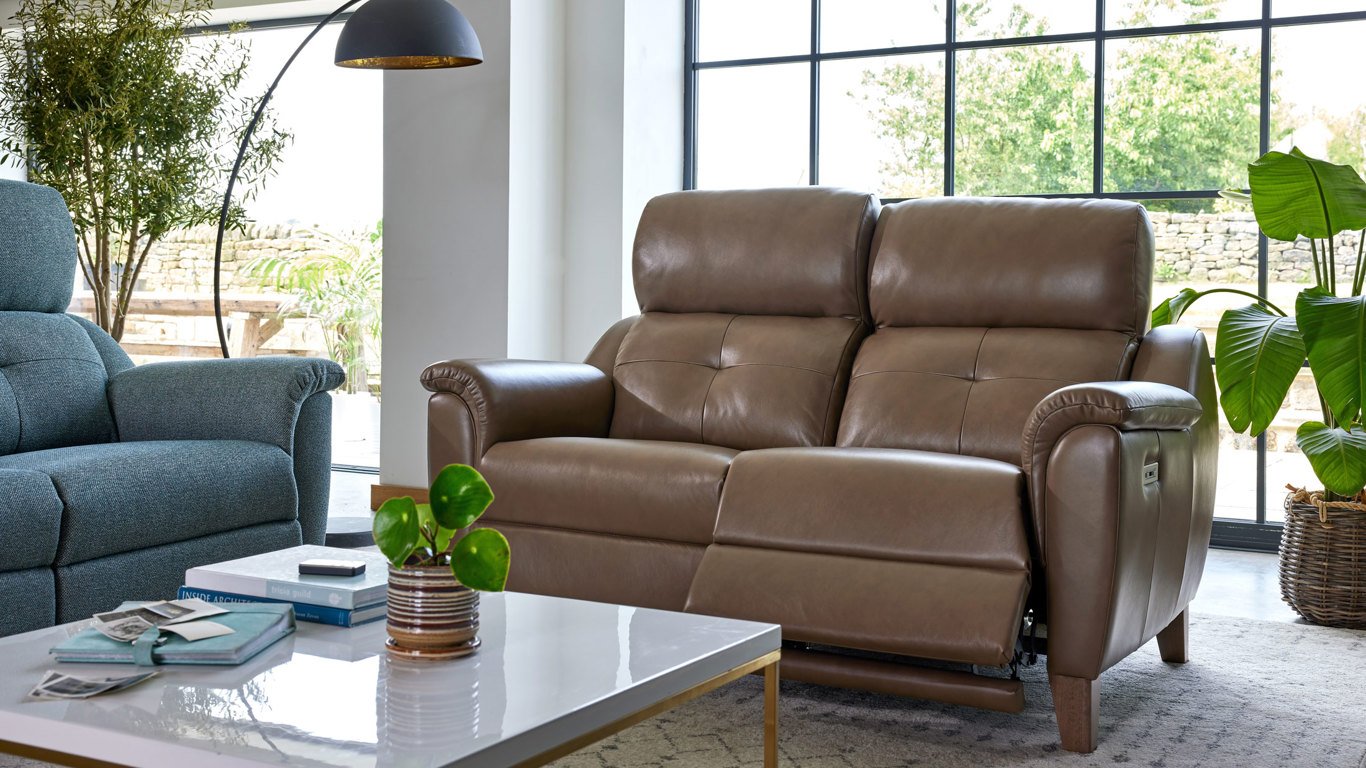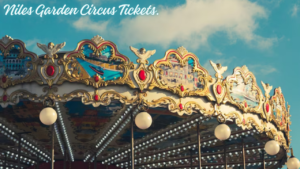The Therapeutic Journey Through Adult Coloring Books: Techniques and Benefits for Stress Relief
Introduction to Adult Coloring for Stress Relief
Adults looking for a relaxing break from contemporary life have rediscovered coloring in recent years. Coloring helps regulate mood, reduce stress, and improve well-being.
Embracing this expression involves exploring your creative side, sometimes leading to coloring book printing for a more personal touch. Coloring book designs are versatile enough to customize any artistic journey, whether for personal or shared fun. Different levels of stress might affect our performance and well-being. Stress, often overlooked, can cause physical and mental health problems. Coloring offers a welcome respite with low entry barriers and high engagement potential. It empowers individuals to transport themselves to a state of childhood simplicity where the only concern is choosing the appropriate shade for a design’s pattern.
Understanding the Psychology Behind Coloring
Coloring’s appeal lies not just in the nostalgia it evokes or the esthetic outcomes it can yield but in the psychological respite it provides for our overloaded senses. In a world brimming with constant stimuli, the focus required for coloring allows for a welcomed narrowing of attention, which can be incredibly calming for the mind. When coloring, the mind enters a state akin to that achieved during meditation.
The simple act of selecting colors and meticulously filling in spaces serves as a meditative exercise, fostering neural connections associated with relaxation and mindfulness, decreasing the occurrence of restless thoughts. What’s more, coloring can play a significant role in redirecting the brain’s processing away from stress and anxiety. As colorists concentrate on their creations, they become absorbed in the moment, often experiencing a reduction in their body’s stress response. Neural pathways are subtly stimulated to promote serenity and can lead to a flow state.
Choosing the Right Coloring Book for You
The choice of a coloring book is as much personal as therapeutic. Adult coloring books feature rich flowers, beautiful mandalas, and expressive abstract designs.
The colorist’s decision rests on what resonates with their aesthetic preferences and what complements their mood and needs. Some may seek the structured patterns of geometric designs that provide clarity and order, while others might lean towards the free-flowing whimsy of more abstract art, which can liberate the mind from rigidity.
Subject matter preference and design complexity combine to produce an almost limitless range of options. Joy can be found in the deliberate contemplation of each stroke as it contributes to the larger picture. Allowing your instincts and inner preferences to steer the course of your pen or pencil deepens your engagement with the activity. It can make each coloring session feel like a self-curated exhibition of your emotional landscape.
Essential Coloring Tools and Techniques
Behind every colorist lies their chosen arsenal – a collection of colored pencils, markers, and gel pens, each offering a different texture and finish. Experienced individuals may lean towards artist-grade pencils that allow for nuanced shading and sophisticated blending, while beginners may appreciate the ease and immediacy of markers. Gel pens adorn pages with unique sheen and metallic or glitter inclusions, adding a particular element to the finished product.
As the artistic journey progresses, the colorist will learn to choose tools based on visual appeal and how they complement their coloring technique. Regarding technique, even the uninitiated can apply simple methods such as cross-hatching or stippling to add depth to their work. Blending is a technique that can be particularly rewarding, as it expands the color palette and adds a realistic touch. A colorist’s enjoyment can be heightened by experimenting with layering different shades to create a new hue or combining colors to achieve a vibrant blend, thus turning the page into a personal canvas where creativity knows no bounds.
Creating a Relaxing Coloring Environment
Like artists curate their studios, a colorist should create an environment that promotes peace and inspires creativity. This space may include comfortable seating that eases physical strain during long coloring sessions, lighting that prevents eye fatigue, and calming background music to set a tranquil mood. These elements blend to make a coloring sanctuary that is inviting and warm, urging the mind to relax and the creativity to flow freely. To further enhance the ritualistic nature of coloring, some might engage in preparatory activities such as making a warm tea or stretching to clear the mind before it embarks on a creative vacation.
Arranging a personal area reserved for coloring also aids in establishing boundaries between work and relaxation, which is essential in an epoch where such lines often blur. When stepping into their designated coloring space, individuals can leave behind the day’s stresses and transition into a calm concentration solely focused on the beauty and satisfaction of their coloring undertaking.
Integrating Coloring into Your Daily Life
The beauty of coloring is that it can fit seamlessly into the fabric of daily life; it doesn’t require the allocation of extensive time blocks or preparation. Even short bursts of coloring can break up the monotony of a day and serve as a refreshing mental cleanse. For those wrapped in the fast-paced nature of modern living, pocket-sized coloring books or printable coloring pages can be a welcome companion during commutes or waiting periods, offering a constructive and calming diversion, unlike the passive absorption of digital screens. Coloring can also be a social activity. Whether through joining a local coloring club, attending coloring events, or engaging with online communities, sharing the joy of coloring fosters connection and camaraderie. This social dimension allows individuals to showcase their work, exchange insights, and encourage others, amplifying the enjoyment and benefit of collective creativity.
The Role of Coloring in Mindfulness and Meditation
Coloring aligns perfectly with the core tenets of mindfulness and meditation; it asks us to be fully present in the moment, aware of every color choice and stroke, and attuned to the sensory experience of the pencil grazing the paper. This single-minded attention draws us away from multitasking and the fragmented attention so common today, encouraging complete immersion in the task. Mindfulness practices often incorporate coloring to engage the senses and draw focus inward, attaining a meditative state with relative ease. Subsequently, coloring has become a popular adjunct to meditation, with mandalas and patterned designs being especially favored for their repetitive and soothing nature conducive to the meditative process.
Scientific Research on Coloring and Stress Reduction
While anecdotal reports of coloring’s benefits are abundant, scientific studies corroborate these claims, showing demonstrable effects on individuals’ mental health. Coloring has been linked with lowering anxiety, reducing symptoms of depression, and improving emotional and cognitive functioning. These benefits culminate in the notion that coloring can effectively support other treatment modalities in the pursuit of holistic well-being. Existing research draws a promising picture of coloring as a self-help tool. Coloring can create a state of ‘flow’ and has implications for enhancing the user’s quality of life. This evidence provides a comforting validation for those who color for mental health reasons.
The Community Aspect of Coloring
The renaissance of adult coloring books has given rise to vibrant communities in the tangible world and across digital social platforms. Local groups and online forums burgeon with coloring enthusiasts who share their artwork offer encouragement, and exchange tips. This sense of community inspires individuals and provides a framework of support to maintain the hobby.
The convivial camaraderie within the coloring community promotes a positive cycle of engagement and reinforcement. The welcoming and inclusive atmosphere in coloring circles underscores the hobby’s universal appeal. To understand more about the cultural impact of coloring book communities, insights into NBC News portray adult coloring as a shared cultural trend transcending age and background.
Moving Beyond Stress Relief: Other Benefits of Coloring
Besides its notable calming effects, coloring includes various cognitive and fine motor development aspects. It requires precise hand-eye coordination and, over time, can refine motor dexterity as colorists navigate complex shapes and lines. Moreover, the deliberate attention to detail in coloring can increase concentration and attentiveness to tasks and kindle a meditative approach to other areas of one’s life. On the cerebral level, coloring can be a doorway to the inner artist, inspiring even the most self-proclaimed ‘non-creative’ individuals to explore further artistic avenues. The confidence gained through completing a coloring project might translate into pursuing more significant artistic ventures, enriching a person’s life with newfound hobbies and passions.
Wrapping Up: Embracing Coloring as a Therapeutic Hobby
To embark on a journey with coloring books is to step towards a practice that encourages peace of mind and provides a canvas for self-expression. Picking up coloring tools and filling the pages is the first step towards making a meaningful change in one’s approach to stress and self-care. By maintaining a consistent practice, the rhythmic and reflective nature of coloring can become a cherished part of daily life, offering space for relaxation and artistic exploration.
Ultimately, the essence of embracing coloring as a therapeutic hobby lies in acknowledging its power as a simple yet profound act of self-care. It’s a reminder that within every adult still thrives the spirit of a child, fascinated by the brightness of colors and the joy of creation, a calling to be heeded for a more prosperous, more centered life.














Post Comment